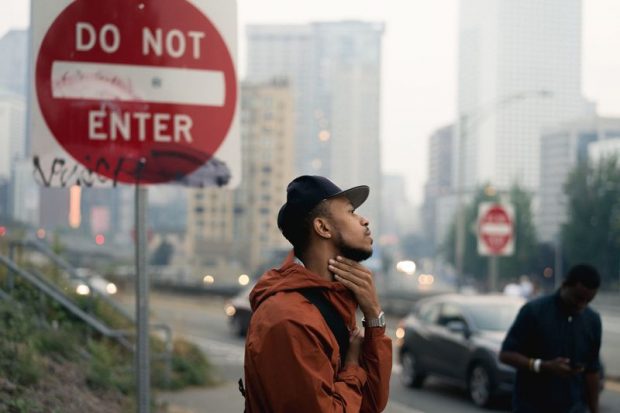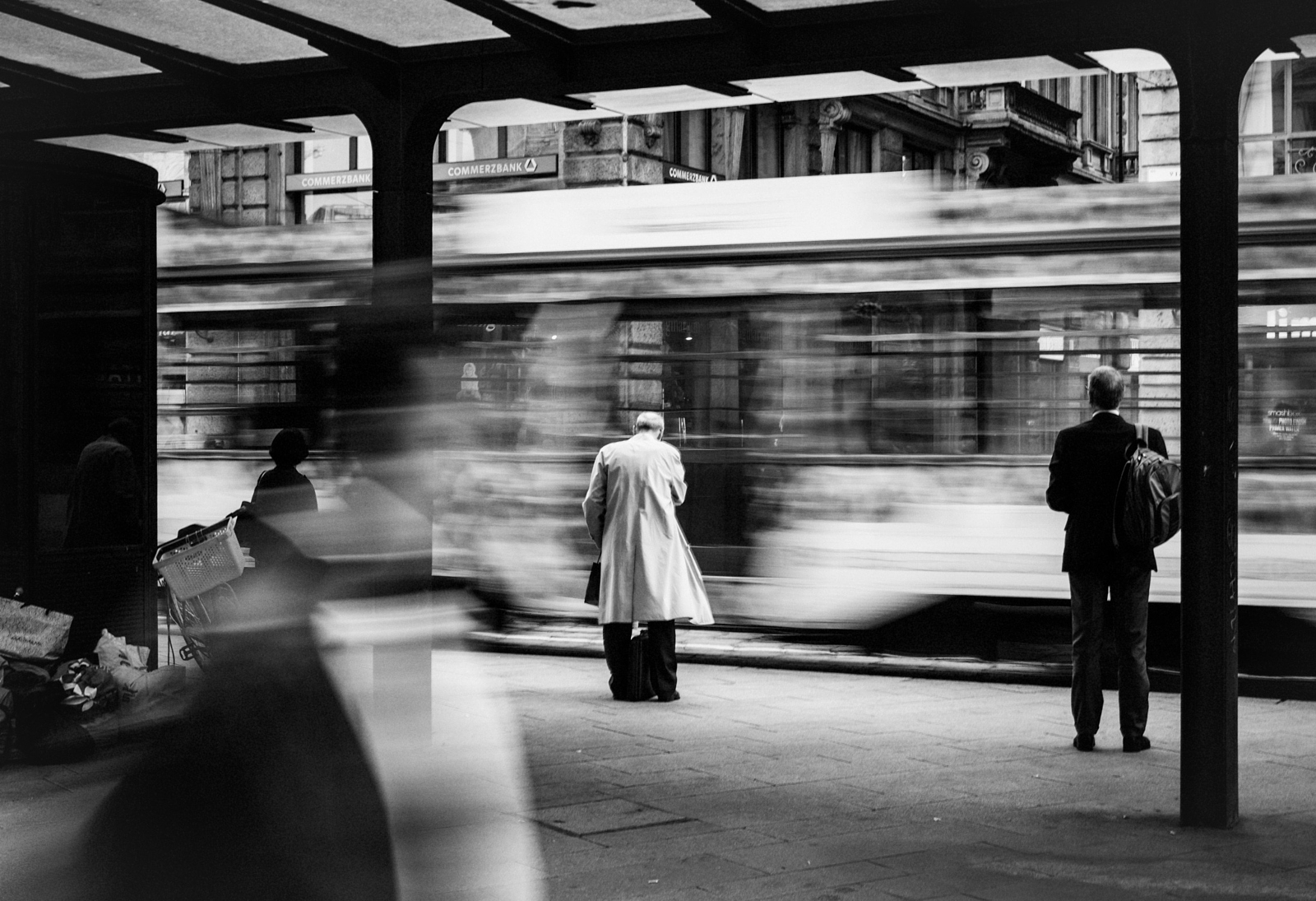The 9-Minute Rule for Framing Streets
Table of ContentsWhat Does Framing Streets Mean?Framing Streets for BeginnersFraming Streets for BeginnersFraming Streets Can Be Fun For AnyoneGetting My Framing Streets To Work7 Simple Techniques For Framing Streets
Digital photography genre "Crufts Canine Program 1968" by Tony Ray-Jones Street digital photography (likewise sometimes called candid digital photography) is digital photography carried out for art or inquiry that features unmediated possibility encounters and arbitrary incidents within public places, normally with the goal of catching images at a decisive or touching minute by mindful framework and timing. 
Some Known Facts About Framing Streets.
Susan Sontag, 1977 Street digital photography can concentrate on people and their behavior in public. In this regard, the street photographer is comparable to social docudrama digital photographers or photographers who likewise work in public locations, yet with the objective of recording newsworthy events. Any of these professional photographers' photos may record individuals and property noticeable within or from public locations, which often requires browsing ethical concerns and legislations of privacy, security, and property.
Depictions of everyday public life create a category in nearly every period of globe art, starting in the pre-historic, Sumerian, Egyptian and early Buddhist art periods. Art managing the life of the road, whether within sights of cityscapes, or as the leading motif, appears in the West in the canon of the Northern Renaissance, Baroque, Rococo, of Romanticism, Realistic look, Impressionism and Post-Impressionism.
Some Of Framing Streets
Louis Daguerre: "Boulevard du Temple" (1838 or 1839) In 1838 or 1839 the initial photograph of figures in the street was videotaped by Louis-Jacques-Mand Daguerre in among a set of daguerreotype sights taken from his studio home window of the Boulevard du Temple in Paris. The 2nd, made at the elevation of the day, reveals an uninhabited stretch of street, while the various other was taken at regarding 8:00 am, and as Beaumont Newhall records, "The Blvd, so continuously full of a relocating crowd of pedestrians and carriages was flawlessly solitary, except a person who was having his boots combed.
, that was influenced to undertake a similar documentation of New York City. As the city established, Atget helped to promote Parisian streets as a worthwhile topic for digital photography.

Not known Details About Framing Streets
The chief Mass-Observationists were anthropologist Tom Harrisson in Bolton and poet Charles Madge in London, and their initial record was produced as guide look at this web-site "May the Twelfth: Mass-Observation Day-Surveys 1937 by over 2 hundred viewers" [] Window cleaner at Kottbusser Tor, Berlin, by Elsa Thiemann c. 1946 The post-war French Humanist College digital photographers found their topics on the street or in the bistro. In between 1946 and 1957 Le Groupe des XV each year exhibited work of this kind. Andre Kertesz. Circus, Budapest, 19 May 1920 Road digital photography formed the significant content of 2 exhibits at the Gallery of Modern Art (Mo, MA) in New york city curated by Edward Steichen, Five French Professional Photographers: Brassai; Cartier-Bresson, Doisneau, Ronis, Izis in 1951 to 1952, and Post-war European Digital Photography in 1953, which exported the concept of street photography internationally.

Framing Streets Things To Know Before You Buy
The recording machine was 'a hidden cam', a 35 mm Contax hidden below his coat, that was 'strapped to the upper body and attached to a long cord strung down the ideal sleeve'. His work had little modern effect as due to Evans' sensitivities regarding the creativity of his task and the privacy of his subjects, it was not released till 1966, in the publication Numerous Are Called, with an introduction written by James Agee in 1940.
Helen Levitt, after that a teacher of children, related to Evans in 193839. She documented the temporal chalk drawings - Sony Camera that belonged to children's street culture in New york city at the time, along with the children who made them. In July 1939, Mo, MA's brand-new digital photography area consisted of Levitt's work in its inaugural eventRobert Frank's 1958 publication,, was considerable; raw and commonly indistinct, Frank's photos examined mainstream photography of the moment, "tested all the official policies set by Henri Cartier-Bresson and Pedestrian Evans" and "flew in the face of the wholesome pictorialism and wholehearted photojournalism of American magazines like LIFE and Time".